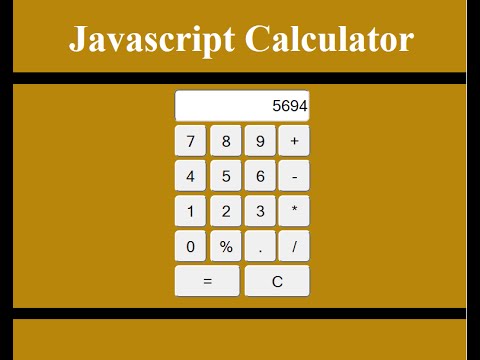AerotriX is the leading education provider in the field of Aeromodelling in India delivering quality services through hands-on, practical, application-oriented workshops, trainings, projects and internships. You can participate in any of the AerotriX workshops including Sphere Drone, RC Aircraft Design, Automobile Prototyping, Quadrotor, CFD, IC Engines, 3D Printing, Hovercraft, Ornithopter, Glider Making, Scilab, Delta Wing, Biplane Aircraft, Boomerang, Tricopter, CNC Machine using Arduino, .AerotriX offers the best quality training programs in India designed by IIT graduates. We conduct Workshops, Seminars, Summer Training and Internship Programs & Winter Training and Internship Programs all over India including
Agra, Ahmedabad, Amritsar, Bangalore, Bhopal, Bhubaneswar, Chandigarh, Chennai, Coimbatore, Dehradun, Delhi, Delhi - Noida, Dibrugarh, Gandhinagar, Gangtok, Goa, Guwahati, Gwalior, Hubli, Hyderabad, Imphal, Indore, Jaipur, Kanpur, Kharagpur, Kochi, Kolkata, Kollam, Lucknow, Madurai, Mangalore, Mumbai, Mysore, Nagpur, Patna, Pondicherry, Pune, Roorkee, Trichy, Trivandrum, Varanasi, Vijayawada, Visakhapatnam, etc...
 We have all seen shopkeepers using manual and classic calculators for billing purposes. But here is an easy web development project to make such a calculator but web-based. It is much more helpful if the calculator is web-based because all the manual errors get emitted. This small guide to building a calculator with HTML, CSS, and JS is super easy and is best suitable for beginners.
We have all seen shopkeepers using manual and classic calculators for billing purposes. But here is an easy web development project to make such a calculator but web-based. It is much more helpful if the calculator is web-based because all the manual errors get emitted. This small guide to building a calculator with HTML, CSS, and JS is super easy and is best suitable for beginners.
